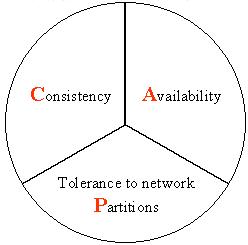Molecular dynamics simulations are essential tools in computational biophysics, but their performance depend heavily on hardware choices and configuration. In this work, we presents a comprehensive performance analysis of four NVIDIA GPU accelerators -- A40, A100, L4, and L40 -- using six representative GROMACS biomolecular workloads alongside two synthetic benchmarks: Pi Solver (compute bound) and STREAM Triad (memory bound). We investigate how performance scales with GPU graphics clock frequency and how workloads respond to power capping. The two synthetic benchmarks define the extremes of frequency scaling: Pi Solver shows ideal compute scalability, while STREAM Triad reveals memory bandwidth limits -- framing GROMACS's performance in context. Our results reveal distinct frequency scaling behaviors: Smaller GROMACS systems exhibit strong frequency sensitivity, while larger systems saturate quickly, becoming increasingly memory bound. Under power capping, performance remains stable until architecture- and workload-specific thresholds are reached, with high-end GPUs like the A100 maintaining near-maximum performance even under reduced power budgets. Our findings provide practical guidance for selecting GPU hardware and optimizing GROMACS performance for large-scale MD workflows under power constraints.
翻译:暂无翻译



